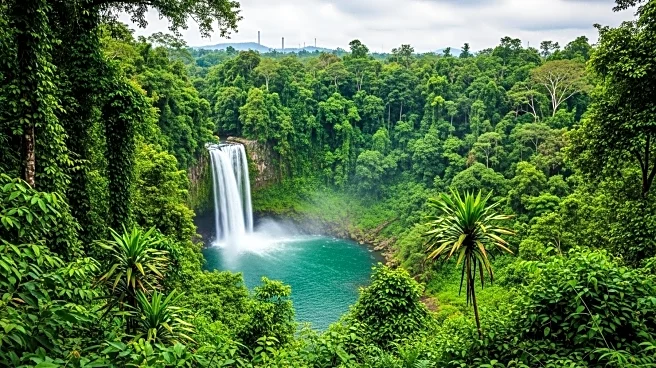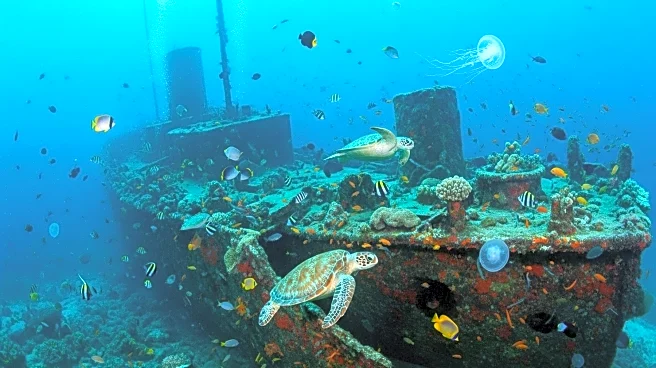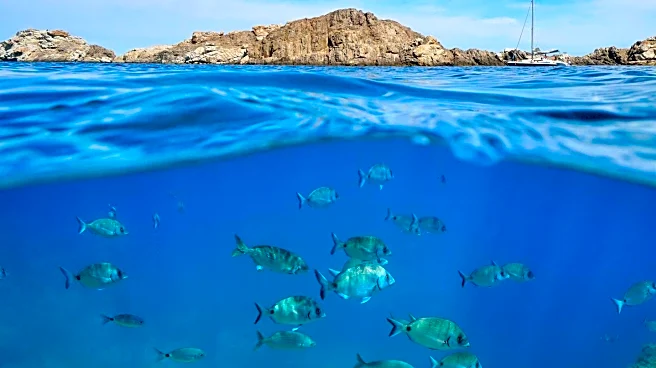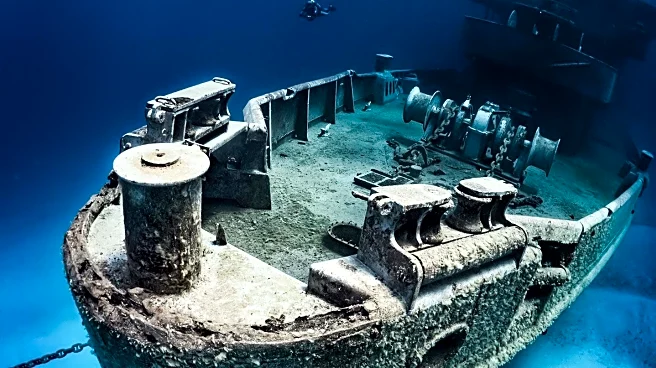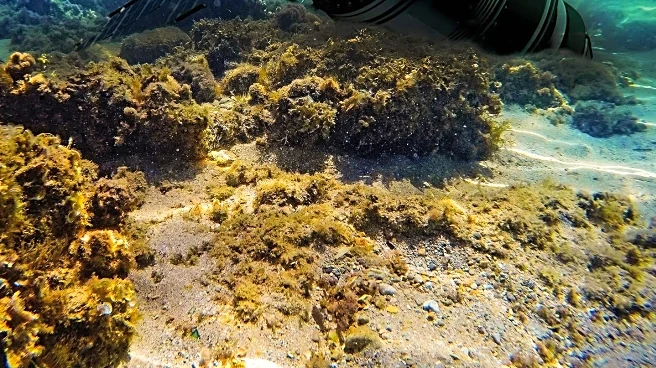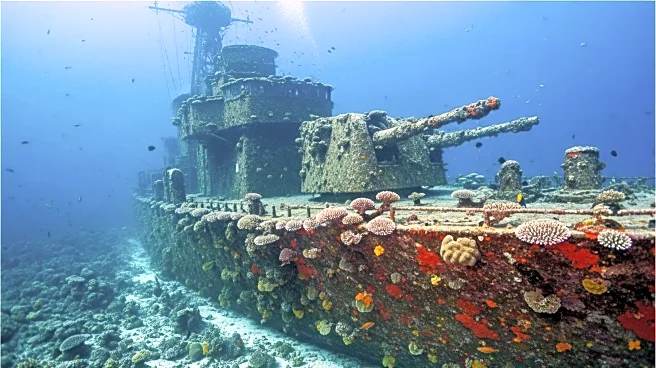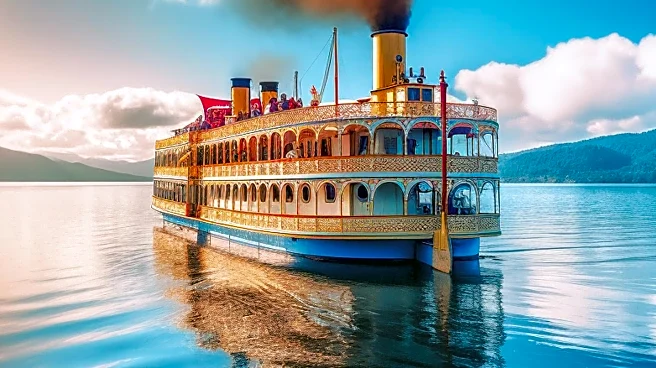What's Happening?
Shipwreck diving has become a popular activity for divers worldwide, offering a unique blend of adventure and historical exploration. The SS Thistlegorm, a British cargo ship sunk during World War II, is one of the most famous wrecks, attracting thousands of divers annually. Shipwrecks serve as artificial reefs, providing habitats for marine life and opportunities for divers to explore underwater ecosystems. The freighter Jane C, sunk off Aruba to serve as an artificial reef, is another example of how shipwrecks are repurposed for diving. Diving instructor Frank Ostheimer highlights the transformation of wrecks into natural habitats over time.
Why It's Important?
Shipwreck diving not only offers recreational opportunities but also contributes to marine conservation efforts. By transforming sunken vessels into artificial reefs, these sites help preserve marine biodiversity and support ecological recovery. The activity also boosts local tourism economies, attracting divers from around the world to explore these underwater sites. As interest in shipwreck diving grows, it may lead to increased awareness and support for marine conservation initiatives.
What's Next?
As shipwreck diving continues to gain popularity, more locations may be developed for diving enthusiasts. Conservation measures in various regions could enhance the attractiveness of these sites, leading to further exploration and discovery of new wrecks. Diving professionals and organizations may collaborate to ensure the preservation of these sites while promoting responsible diving practices.
Beyond the Headlines
The transformation of shipwrecks into artificial reefs raises questions about the balance between human intervention and natural processes in marine environments. Ethical considerations regarding the intentional sinking of ships for recreational purposes may arise, prompting discussions on sustainable tourism and environmental impact. Additionally, the cultural significance of shipwrecks as historical artifacts may influence preservation efforts and educational initiatives.

